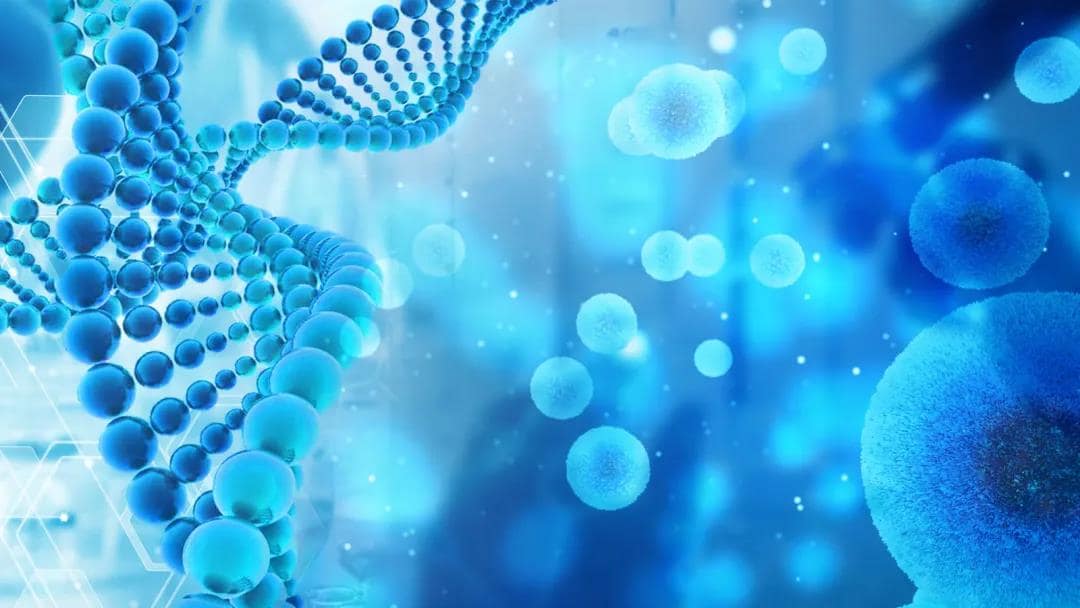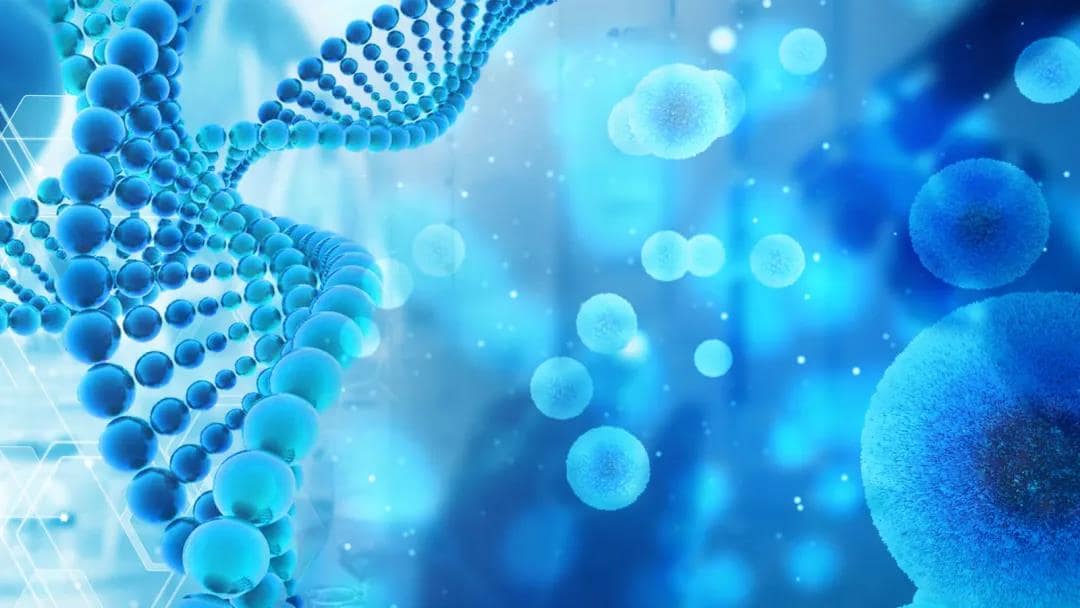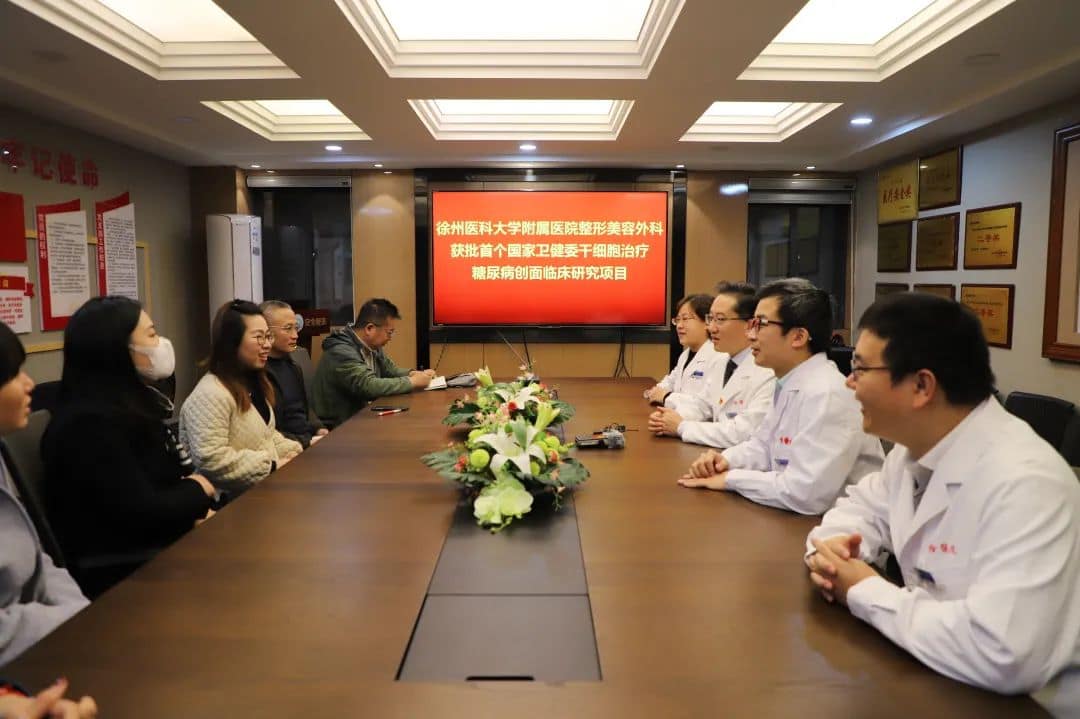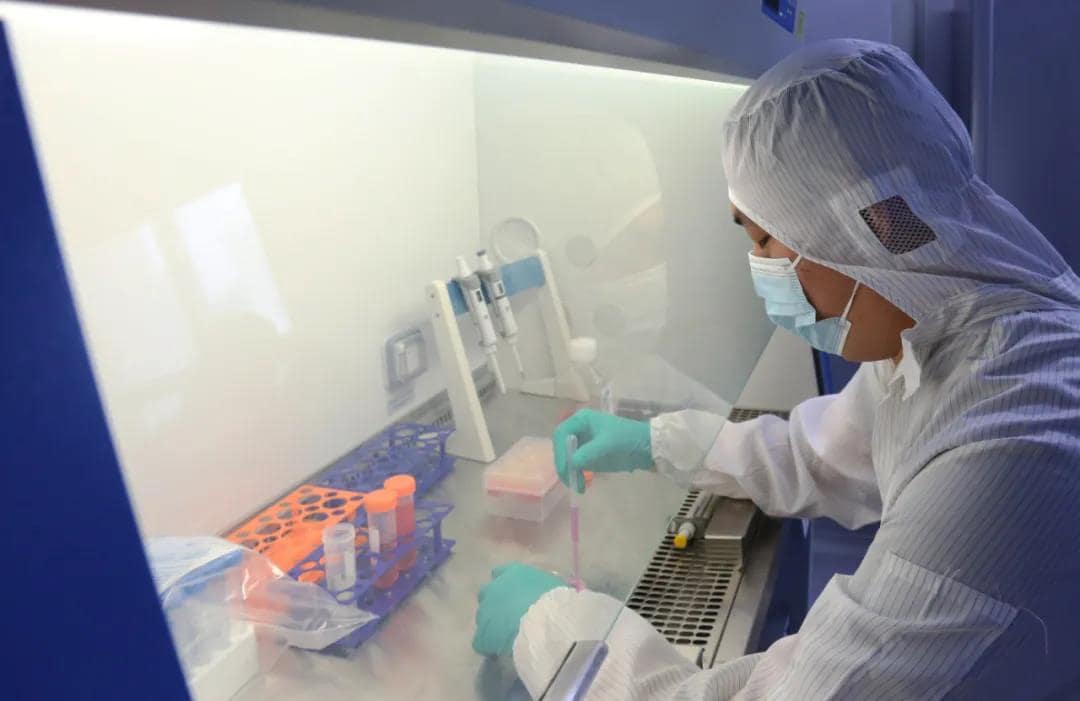
“Regenerative medicine technology” represented by stem cell technology is the “third medical revolution” after drug treatment and surgical treatment. Stem cells can differentiate and form any tissue in the body, and can self-replicate to produce more stem cells. They have become a key development area at the forefront of international medicine in recent years.
Dean Jin Peisheng said that stem cell technology is the biotechnology with the most development prospects and potential in this century. The 21st century will be the century of life science and technology represented by biotechnology, and is most likely to form new breakthroughs in the medical field.





